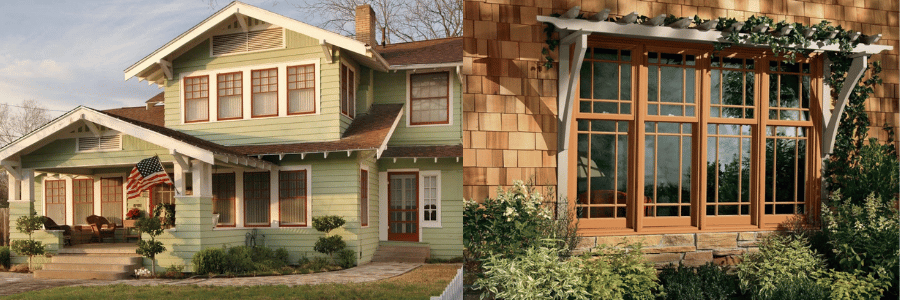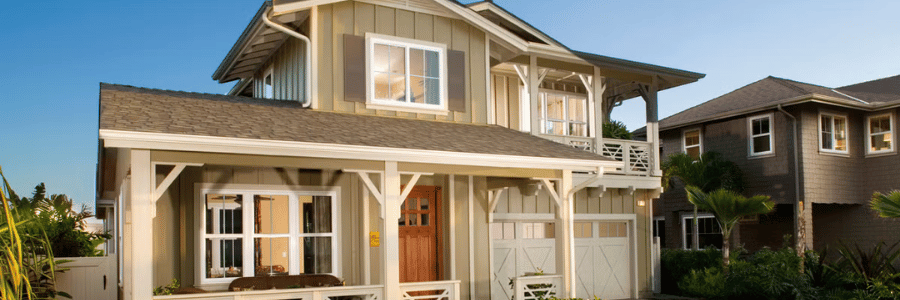When it comes to timeless home design, few styles have endured as long as the Craftsman style. Emerging in the early 20th century, Craftsman architecture is beloved for its emphasis on handcrafted details, natural materials, and simplicity. One of the key elements that make this style so distinctive is its windows. Craftsman windows are more than just functional openings—they are integral to the aesthetic of the entire home, bringing warmth, light, and character into a space.
Explore the beauty of Craftsman windows, their historical roots, key design features, and how they continue to enhance homes today.
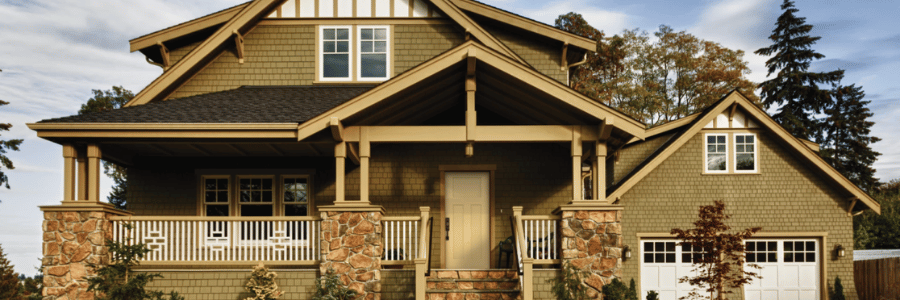
What Are Craftsman Windows?
Craftsman windows are an iconic feature of the Arts and Crafts movement, which sought to emphasize handmade quality, natural materials, and a connection to the surrounding landscape. This architectural style was popularized by early 20th-century designers like Gustav Stickley and architects such as Frank Lloyd Wright. The goal was to create homes that celebrated craftsmanship, simplicity, and harmony with nature.
Craftsman windows often have wide, wooden frames with simple yet elegant detailing. They tend to be grouped in clusters, with each window having a rectangular shape and divided into smaller panes, often separated by wooden mullions. The windows are typically set deep into the walls, creating a shadowed, inviting effect.
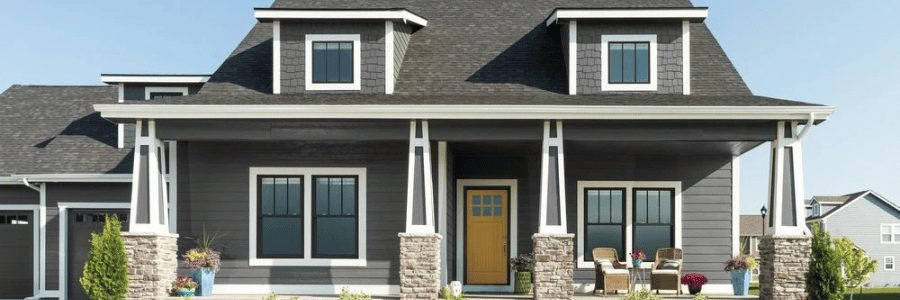
Key Features of Craftsman Windows
1. Multiple Panes with Dividers
One of the most recognizable features of Craftsman windows is their division into multiple small panes, often arranged in grids. These windows may have as few as two panes, but many Craftsman windows have a larger grid of smaller squares—typically six or more. These smaller sections were often filled with clear or leaded glass, which enhanced the window’s texture and beauty.
- Craftsman Style Grids: These windows often feature divided lights (small panes of glass) that are arranged symmetrically within the frame. While earlier Craftsman windows often had six or more grids, modern interpretations can feature larger panes or fewer grid divisions for a cleaner look.
2. Wooden Frames
Craftsman windows are traditionally made from wood, which complements the natural materials used throughout the rest of the home’s design. The frames are typically crafted from rich, durable hardwoods like oak, mahogany, or cedar, which have a beautiful grain and finish. The wood is often left in its natural state or stained to highlight its texture.
- Why Wood?: Wood brings warmth and a sense of craftsmanship to the windows. It’s a material that not only enhances the aesthetic of the windows but also provides excellent insulation, making it a practical choice for the time period in which Craftsman homes were built.
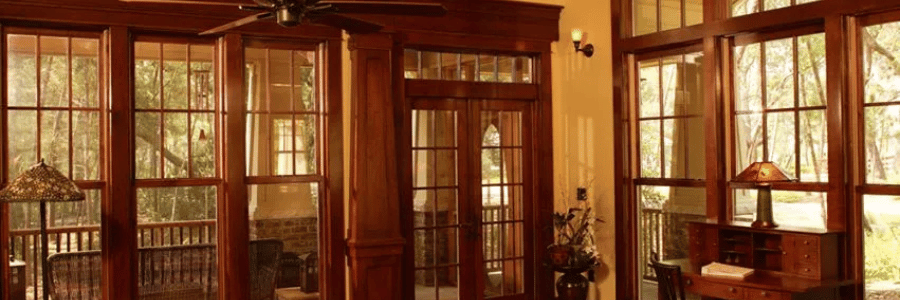
3. Low, Wide Sills
The wide, often deep window sills are another hallmark of Craftsman windows. These sills are designed to enhance the home’s connection to the outdoors and can be used for displaying plants, artwork, or simple decor. The deep sills also help bring in more natural light, brightening up the space inside and giving the home a more open, airy feel.
- Connecting with Nature: The wide sills and expansive window openings reflect the Craftsman emphasis on merging interior and exterior spaces. The wide frames allow residents to enjoy a clear view of their natural surroundings, whether it’s a garden, the street, or a sprawling backyard.
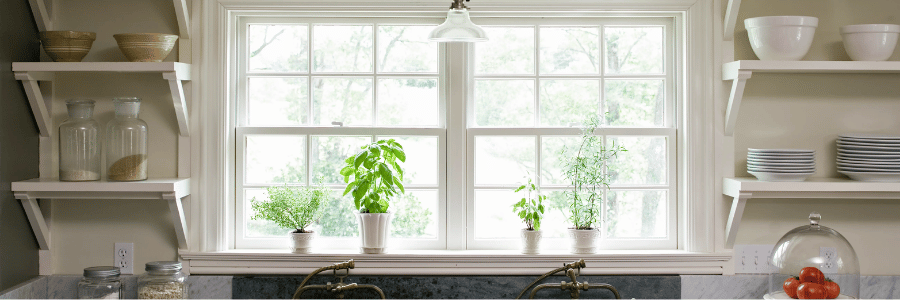
4. Overhanging Roofs and Window Treatments
Craftsman windows are often paired with large, overhanging roofs that create shelter and shadow around the windows, protecting them from harsh sunlight while allowing for filtered light to enter. This practical feature adds both beauty and functionality. In many cases, Craftsman windows are adorned with simple, understated treatments like bamboo shades or simple curtains, allowing the natural light to shine through.
- Light and Shadow: The overhangs help create a play of light and shadow that changes throughout the day, adding an element of dynamism to the home’s design.
5. Bungalow Window Layout
Craftsman windows are often found in a specific layout, especially in bungalows. The windows are usually grouped together in sets of two or three, often placed in rows or stacked vertically. This layout creates a sense of symmetry and balance that is central to the Craftsman aesthetic.
- Horizontal and Vertical Groupings: The windows can be arranged horizontally or vertically, depending on the design of the home. In bungalows, this often means a large, central picture window flanked by smaller double-hung windows, or sets of three narrow windows arranged in a row.

The Enduring Appeal of Craftsman Windows
What makes Craftsman windows so enduringly popular, even a century after their inception? It’s their ability to blend practicality with beauty. While Craftsman windows were initially designed with a focus on efficiency and functionality—making the most of natural light and offering clear views of the outdoors—they also evoke a sense of warmth and handcrafted artistry.
- A Connection to Nature: Craftsman windows often open up a space to the natural world, inviting sunlight and fresh air into the home. Whether through a large picture window or a series of smaller, vertical panes, the design reinforces the Craftsman philosophy of living in harmony with nature.
- Timeless Style: The simplicity of Craftsman windows means that they can adapt to a variety of home styles, from traditional to contemporary. Their clean lines, warm materials, and classic appeal make them a favorite in both new builds and renovations.
- Durability: Crafted from high-quality materials, Craftsman windows are not only beautiful but also built to last. With proper care, these windows can maintain their aesthetic appeal and functionality for generations.
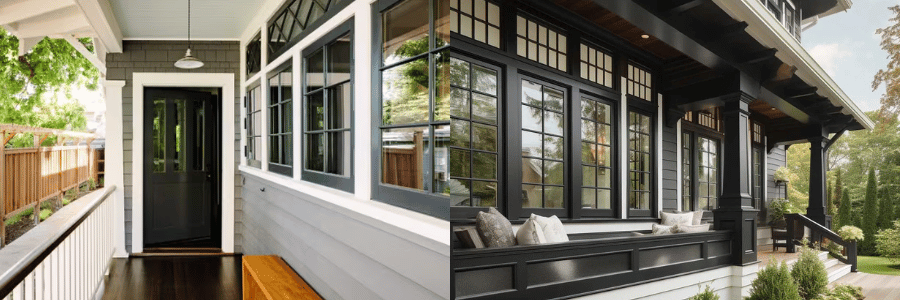
How to Incorporate Craftsman Windows into Your Home Today
Even if you’re not living in a Craftsman-style home, incorporating Craftsman windows into a modern home is entirely possible. Here are a few tips for adding Craftsman-inspired windows to your space:
- Consider the Materials: If you want to capture the essence of Craftsman windows, prioritize natural materials. Wood-framed windows are an excellent choice, but if you’re concerned about maintenance, fiberglass or composite windows that mimic the appearance of wood can also be a great option.
- Use Grid Patterns: Look for windows with divided light patterns to mimic the classic Craftsman style. Whether you go with a traditional six-grid pattern or a more modern four-grid design, this feature will evoke the style’s signature aesthetic.
- Incorporate Deep Sills: Adding deep sills to your windows can instantly give them a Craftsman-inspired look. You can even add a little decor, like plants or wooden trinkets, to really emphasize the connection to nature.
- Go for a Neutral Palette: Craftsman homes often feature earthy, muted color schemes, with windows that blend seamlessly with the rest of the home’s design. Consider using natural wood tones or neutral paint colors like olive green, taupe, or warm gray for the frames and sills.
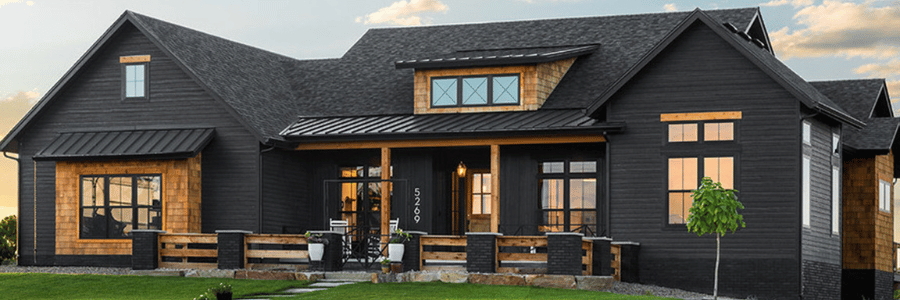
Final Thoughts: The Lasting Beauty of Craftsman Windows
Craftsman windows remain a celebrated feature of American architecture, and their beauty continues to be admired for their timeless, handcrafted appeal. By focusing on simplicity, craftsmanship, and a seamless connection to the outdoors, Craftsman windows offer a unique blend of practicality and artistry. Whether you’re renovating a bungalow or building a new home, incorporating these windows can bring a sense of warmth, light, and elegance to your space.

